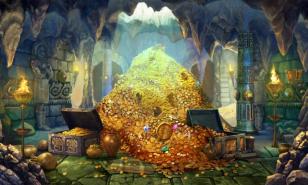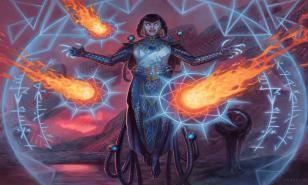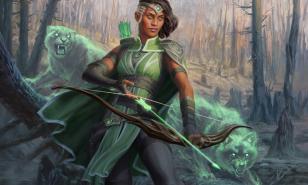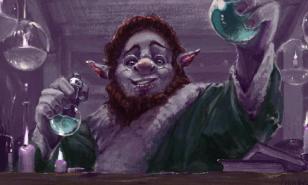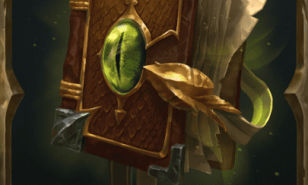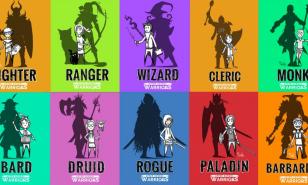[Top 5] D&D: Best Monk Multiclass
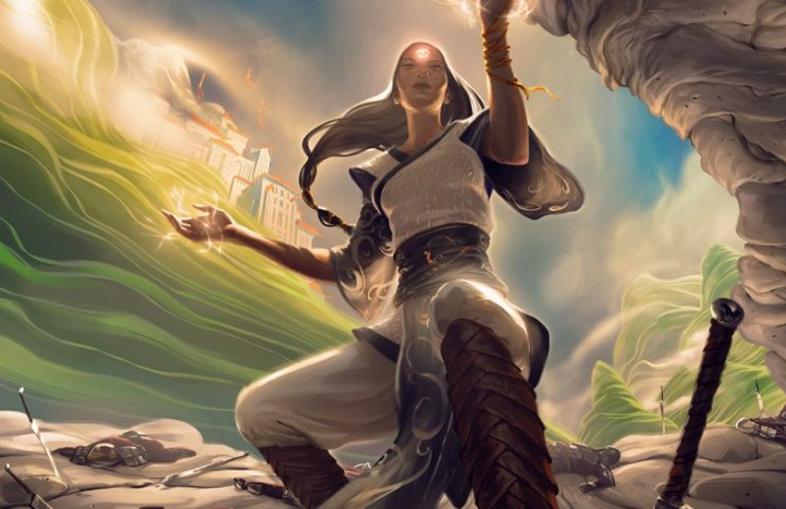
Monks can be difficult to multiclass.
Their unique mechanics don't typically combine well with those of other classes. They rely on multiple ability scores to function effectively, which contributes to a general lack of build flexibility. Multiclassing also slows your access to ki points, which are vital to use all of your monk abilities and features to their full potential.
This isn’t to say that you shouldn’t experiment with multiclassing as a monk, just keep in mind some of the inherent difficulties. It might not create an optimized build, but dipping into another class is always a valid option for character or backstory reasons.
If you're determined to multiclass your monk, here are some of the more viable and fun options out there.
5. Monk/Fighter
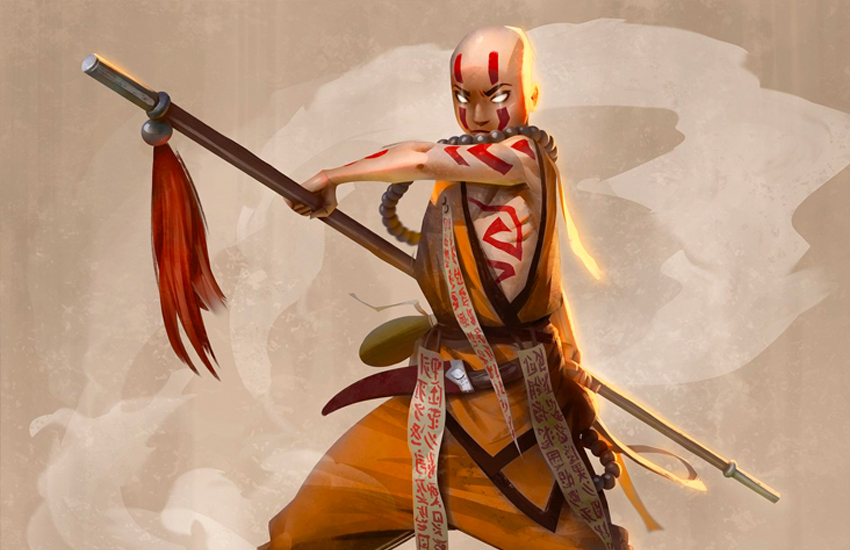
Capable of meditation AND murder.
A monk/fighter represents both spiritual and physical excellence, refining the soul through meditation and prayer and perfecting the body through training and combat. Weaving elegantly through the battlefield, they deal devastating blows to their enemies and leap back before they can be hit.
It’s easy to imagine this as a sort of Bruce Lee character archetype, and thematically the two classes work well together. They aren't the most synergetic mechanically, but Dexterity is an important ability modifier for both of them.
Why Monk/Fighter Is Great
- Dipping into fighter will give you a Fighting Style, Action Surge, and a martial archetype.
- You get your choice of Fighting Style at level one. Dueling is probably the best fit for a traditional monk, since it gives you a +2 to damage when you are wielding a melee weapon in one hand if the other is unarmed.
- This class gives you the ability to heal yourself through Second Wind, which restores hit points equal to 1d10 + your fighter level.
- Action Surge is useful for many classes, but perhaps a little less so for the monk since you do get Flurry of Blows at level two and an extra attack at level five. Action Surge still gives you the opportunity to do a little more damage, helps preserve your ki, and works well with moves like Stunning Strike.
4. Monk/Druid
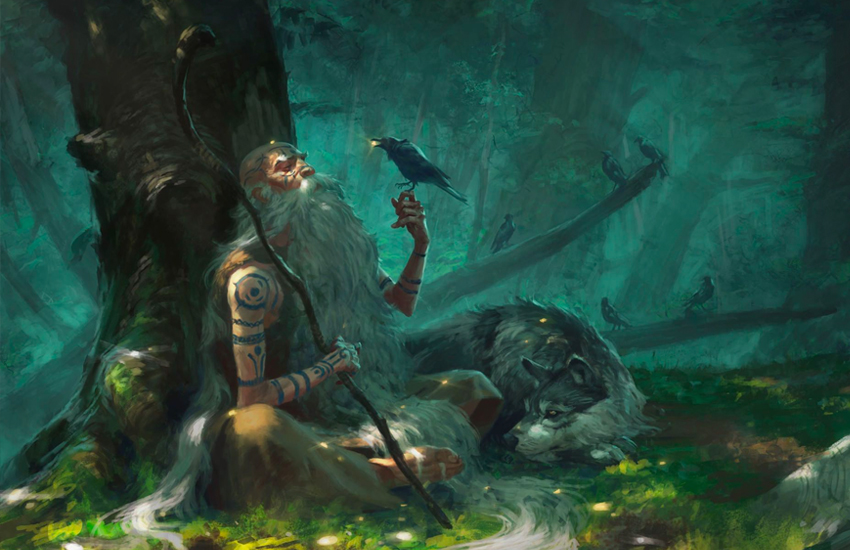
Do Not Disturb.
This is a holy hermit living in the secluded wilderness, using their power to invoke the forces of nature and protect their chosen home.
This multiclass works well mechanically, as monks and druids both have Wisdom as one of their primary abilities. Dipping into druid will give your monk spellcasting, healing magic, and transformation abilities. While the viability of this multiclass really depends on the permissiveness of your DM, it can be a lot of fun.
Why Monk/Druid Is Great
- You get access to some good druid spells. There’s Healing Word, Cure Wounds, and Goodberry for restoration options and Charm Person, Entangle, Faerie Fire, and Thunderwave are all useful.
- You also get animal-related spells like Speak With Animals and Animal Friendship.
- Wildshape is one of the major appeals of the druid class, but it’s up for debate whether or not you can replace the damage dice of Wild Shape form attacks with your martial arts dice . Definitely talk with your DM and see if you can work out a compromise. Regardless, Wildshape still has usefulness for stealth and exploration purposes.
- Like the monk, druids have no use for most armor since they can't wear any metal. This means there are no additional armor proficiencies that end up being wasted.
3. Monk/Cleric
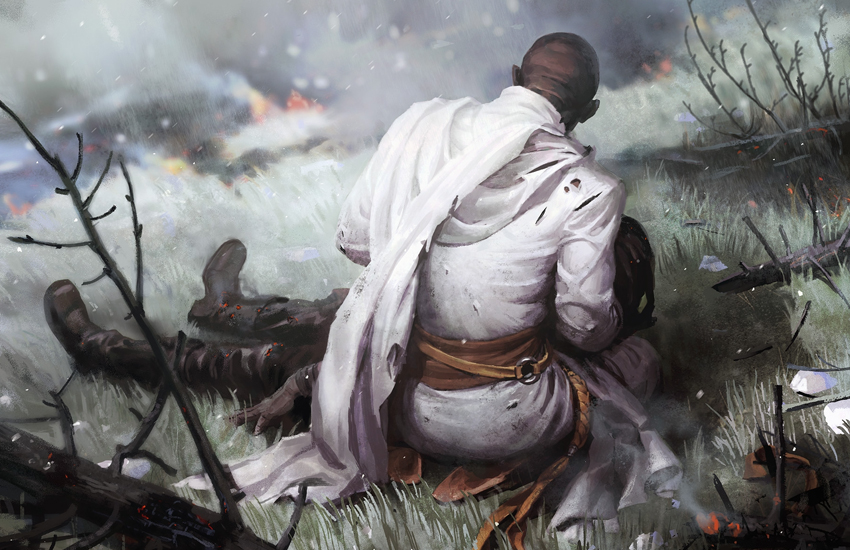
'Tis but a flesh wound!
Wisdom is the cleric's spellcasting ability modifier and it also powers some of the monk's class features, such as Unarmored Defense. The idea of a monk healer works well thematically and there’s potential for some interesting character work and backstory creation.
The monk's quickness and capacity for leaping from point to point across the battlefield also work well with healing abilities, as they can dash about casting healing spells on allies. This works especially well if you take the Mobile feat.
Why Monk/Cleric Is Great
- Cleric spellcasting makes use of your monk’s high Wisdom score. All of the early-level cleric spells work well with the monk class both mechanically and thematically, especially if you're going for more of a pacifist, healer type of character. Some good choices are Toll the Dead, Sacred flame, Command, and Shield of Faith.
- Only one level in cleric gets you a Domain and all its associated features. The Light, Tempest, and War Domains all have particularly good first level abilities.
- The Peace Domain from Tasha’s Cauldron of Everything is another good option. The first level feature Emboldening Bond lets your party add 1d4 to any attack roll, ability check, or saving throw if they are within 30 feet of another party member.
- With a second level as a Peace Domain cleric, you gain Balm of Peace. When you get within 5 feet of any party member, you can restore a number of hit points equal to 2d6 + your Wisdom modifier. You also don’t provoke opportunity attacks when moving to heal teammates.
2. Monk/Ranger
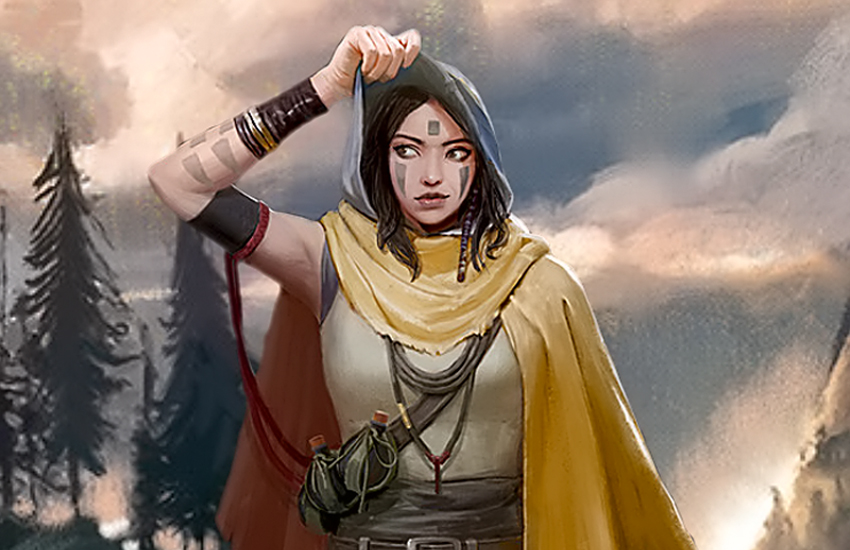
Monk/ranger... a surprisingly good combo.
This option gives your monk access to a Fighting Style, spellcasting, and a hunter ability. Both the ranger and the monk share Wisdom and Dexterity as primary abilities which makes multiclassing more natural.
Why Monk/Ranger Is Great
- This creates a monk with a strong connection to nature and expert tracking abilities.
- One level in ranger gives you access to Favored Enemy. Whatever type of creature you choose, you get advantage on checks to track them and to recall information about them. You also get to choose a Favored Terrain, which gives you certain benefits in a chosen type of environment.
- A second level in ranger gives you access to spellcasting. The first level spell with the most utility is hunters mark, which adds an extra 1d6 of damage to your attacks against a single target. Get the most from it by using it in combination with your Fury of Blows, getting a damage boost to multiple attacks on a single turn.
- You also can choose a Fighting Style As with the fighter multiclass, Duel is the best choice for a monk-based multiclass.
- You get a choice of Ranger Archetype at level three. The most appealing option is the Hunter Archetype, which gives you some cool abilities like Hunter’s Prey, Defensive Tactics, and Superior Hunter's Defense. Gloomstalker is also a fantastic option.
1. Monk/Rogue
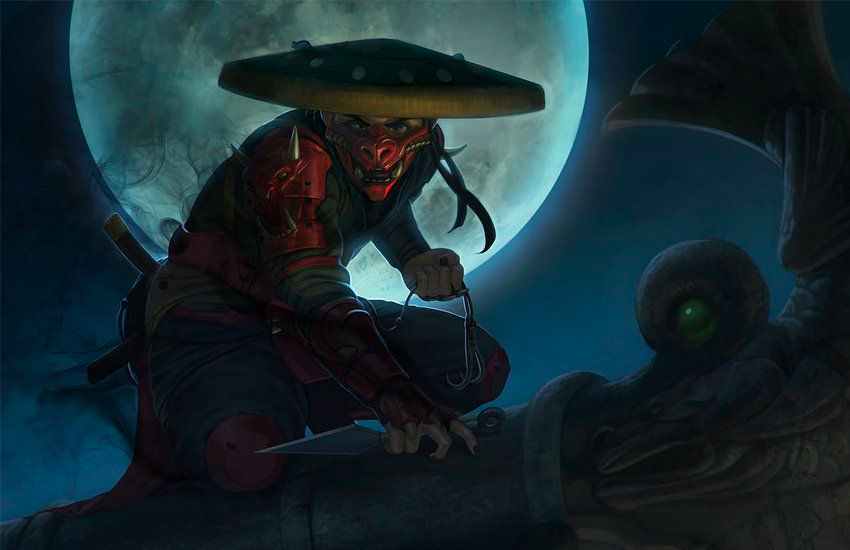
For everyone who has ever wanted to play a ninja in Dungeons and Dragons.
This multiclass combines the martial prowess of the monk with the stealth of the rogue, essentially creating a ninja class.
Both of these classes rely heavily on their Dexterity, making this multiclass a natural fit. They also engage in combat in similar ways, dashing in to attack and then leaping back to avoid damage as opposed to more direct combatants like paladins, barbarians, and fighters.
Why Monk/Rogue Is Great
- Rogue can be a great option to dip into for many classes because of their valuable early level features. Expertise allows you to double your proficiency bonus for two of your skills (or to double one skill proficiency and your proficiency with thieves’ tools). Stealth is the most obvious skill to improve, but you might also consider Athletics for grappling.
- You also gain Sneak Attack from one level in rogue, which under certain circumstances lets you add an extra 1d6 damage to your attack. This won’t work with your Unarmed Strike however, so make sure to have a dagger or other monk weapon on hand.
- If you dip one level further into rogue, you gain Cunning Action. This lets you disengage or dash as a bonus action on your turn without having to spend your ki points. It’s a benefit to this multiclass that rogues can perform some actions as bonus actions that would usually require expending some ki.
- The shadow monk subclass has features that work well with the rogue class, like Pass Without Trace and Silence. There’s also the option to Shadow Step into Sneak Attack.
You may also be interested in:
Image Gallery
- Log in or register to post comments
 Home
Home PC Game Trailers
PC Game Trailers News
News Menu
Menu

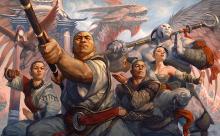

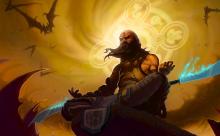
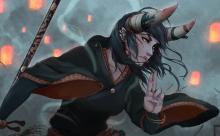
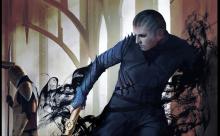
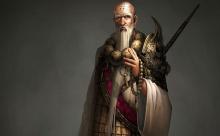

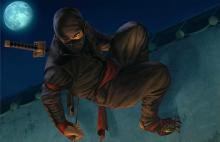
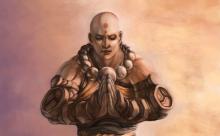
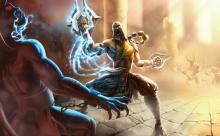

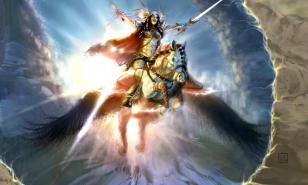
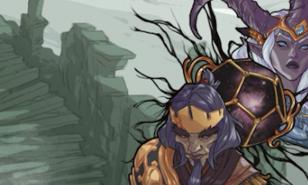
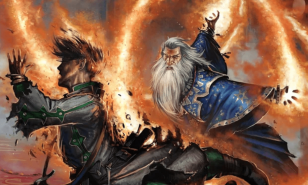
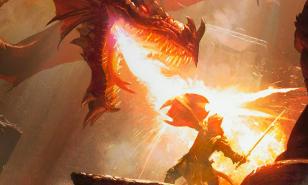
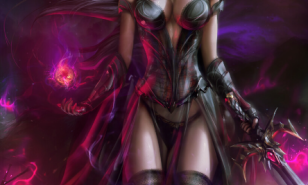
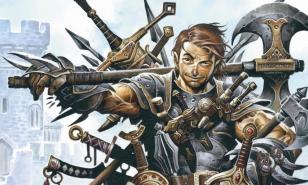
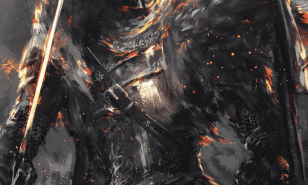
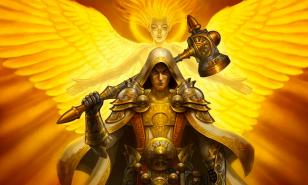
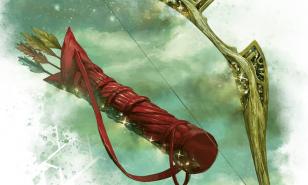
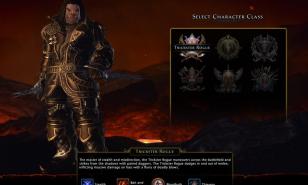
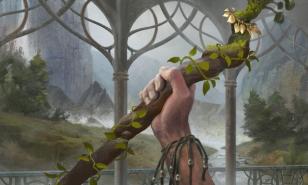
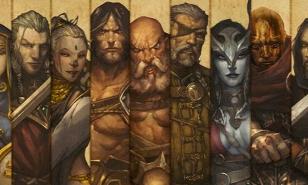
![[Top 25] Best D&D Spells Every Party Should Have [Top 25] Best D&D Spells Every Party Should Have](https://www.gamersdecide.com/sites/default/files/styles/308x185-scale-crop--more-top-stories/public/top_25_best_d_d_spells_every_party_should_have_cover.jpg)
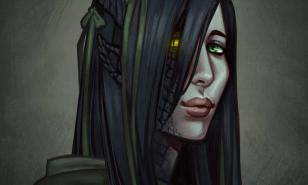


![[Top 11] D&D Best Paladin Multiclass That Are Fun Strong Stern Paladin (Image credit: 中秋快乐~)](https://www.gamersdecide.com/sites/default/files/styles/308x185-scale-crop--more-top-stories/public/image_2023-02-04_114652751.png)
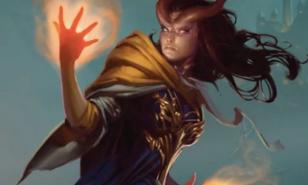

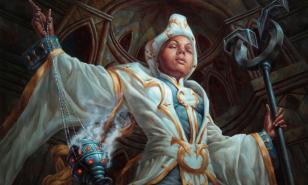
![[Top 5] D&D Best Monk Builds That Are Excellent](https://www.gamersdecide.com/sites/default/files/styles/308x185-scale-crop--more-top-stories/public/screen_shot_2022-02-16_at_3.13.03_am.jpg)
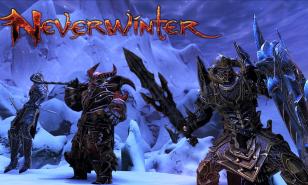
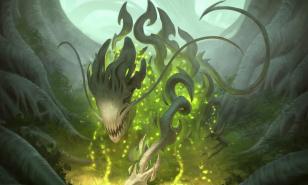

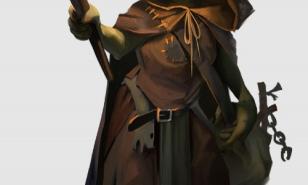
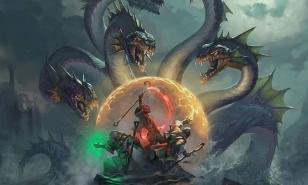

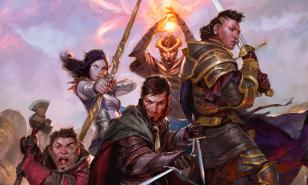

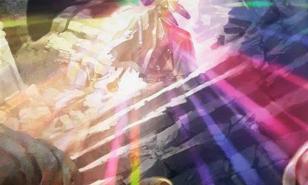
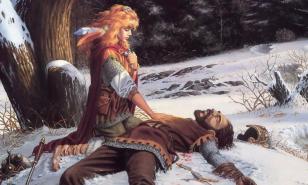
![[Top 3] D&D Best Monk Subclasses To Play](https://www.gamersdecide.com/sites/default/files/styles/308x185-scale-crop--more-top-stories/public/screen_shot_2022-02-11_at_12.25.31_am.jpg)
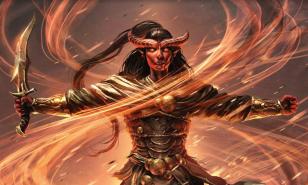
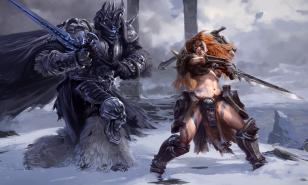
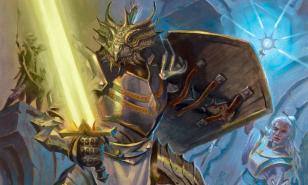
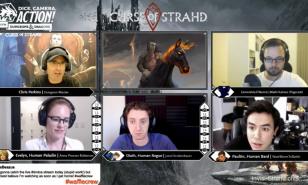
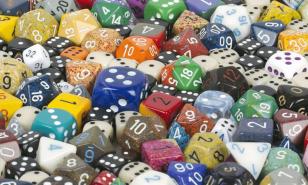
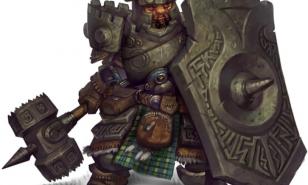
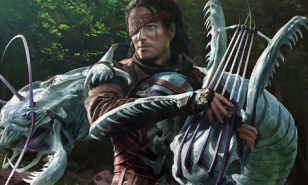
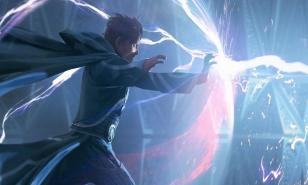
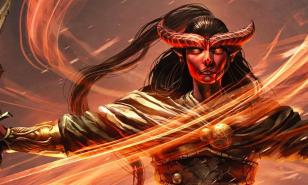
![[Top 10] D&D Best Barbarian Feats Revealed](https://www.gamersdecide.com/sites/default/files/styles/308x185-scale-crop--more-top-stories/public/screen_shot_2022-02-17_at_12.17.13_am.jpg)
